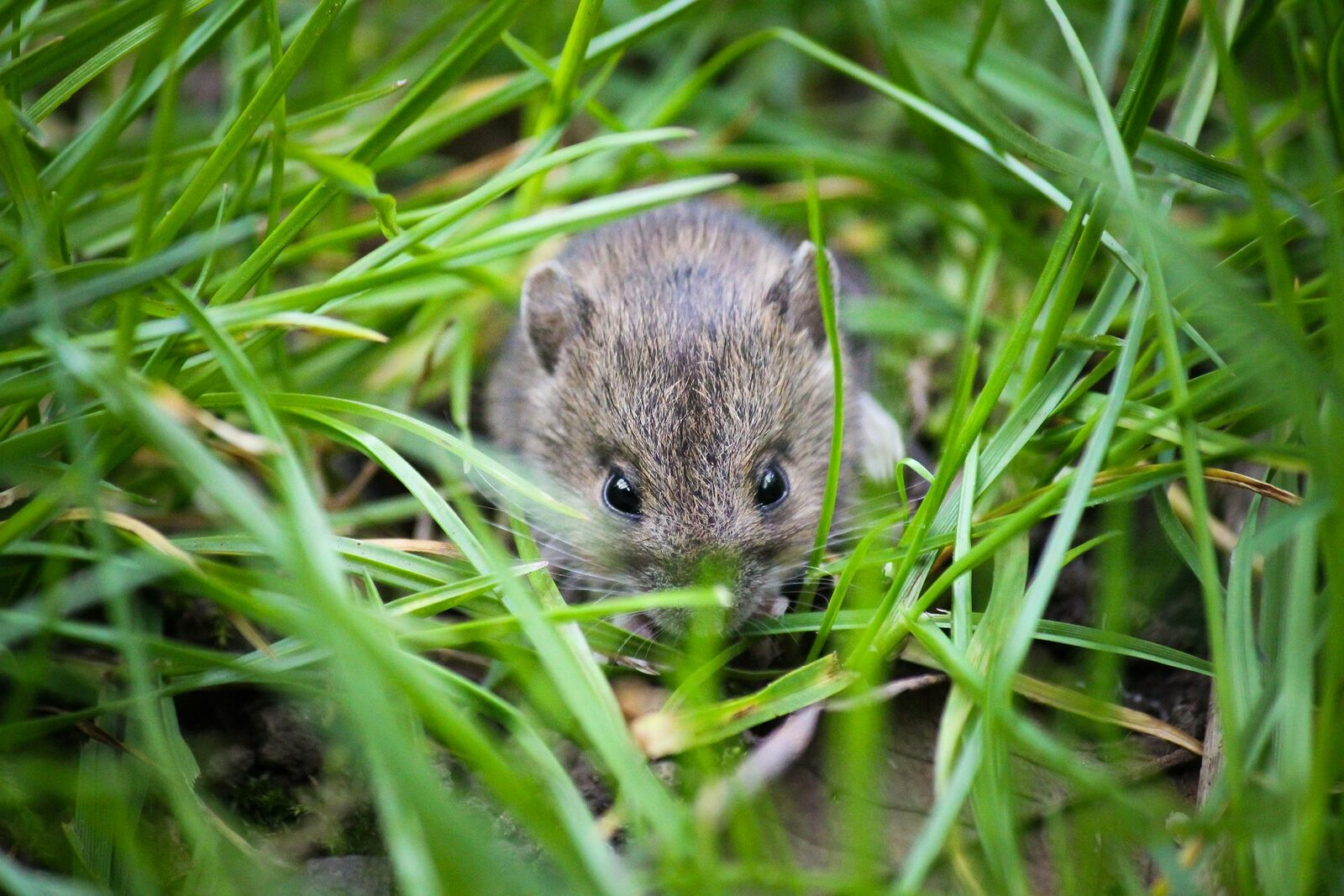
How to Get Rid of Voles in the Garden: How It Works
Voles are often an uninvited guest in the garden. The small rodents love to eat root vegetables. Read this article to find out what you can do to protect your plants from mice.
This Article Contains:
- Voles, Shear Voles and Rats: Recognizing Voles
- Mole or Vole in the Garden?
- Vole or Rat?
- Vole Control: What Helps Against Voles?
- Remedies Against Voles: These Household Remedies Help
- Protect Root Vegetables: Tips Against Voles in the Garden
- Plants Against Voles: Fighting Voles Naturally
- Natural Enemies of Voles
- Frequently Asked Questions About Repelling & Controlling Voles
Quick Overview
What to Do Against Voles?
- Protectplants and trees with wire baskets and wire barriers. Raised beds should also be protected with wire at the bottom.
- Plantwild herbs and plants in the garden. If the mice have a wide range of food, they are less likely to go after your crops. Jerusalem artichoke is a suitable attractant plant.
- Plant a mixed crop with imperial crown, garlic, daffodils and spurge as intermediate plants.
- Plant odor-intensive species such as basil, elderberry, catnip, garlic, sweet clover and onions as borders.
- Sprinkle coffee grounds, fermented buttermilk or garlic stock in and around the holes of the tunnels.
- Encourage natural enemies such as foxes, grubs, moles, weasels and birds of prey.
Voles, Shear Voles and Rats: Recognizing Voles
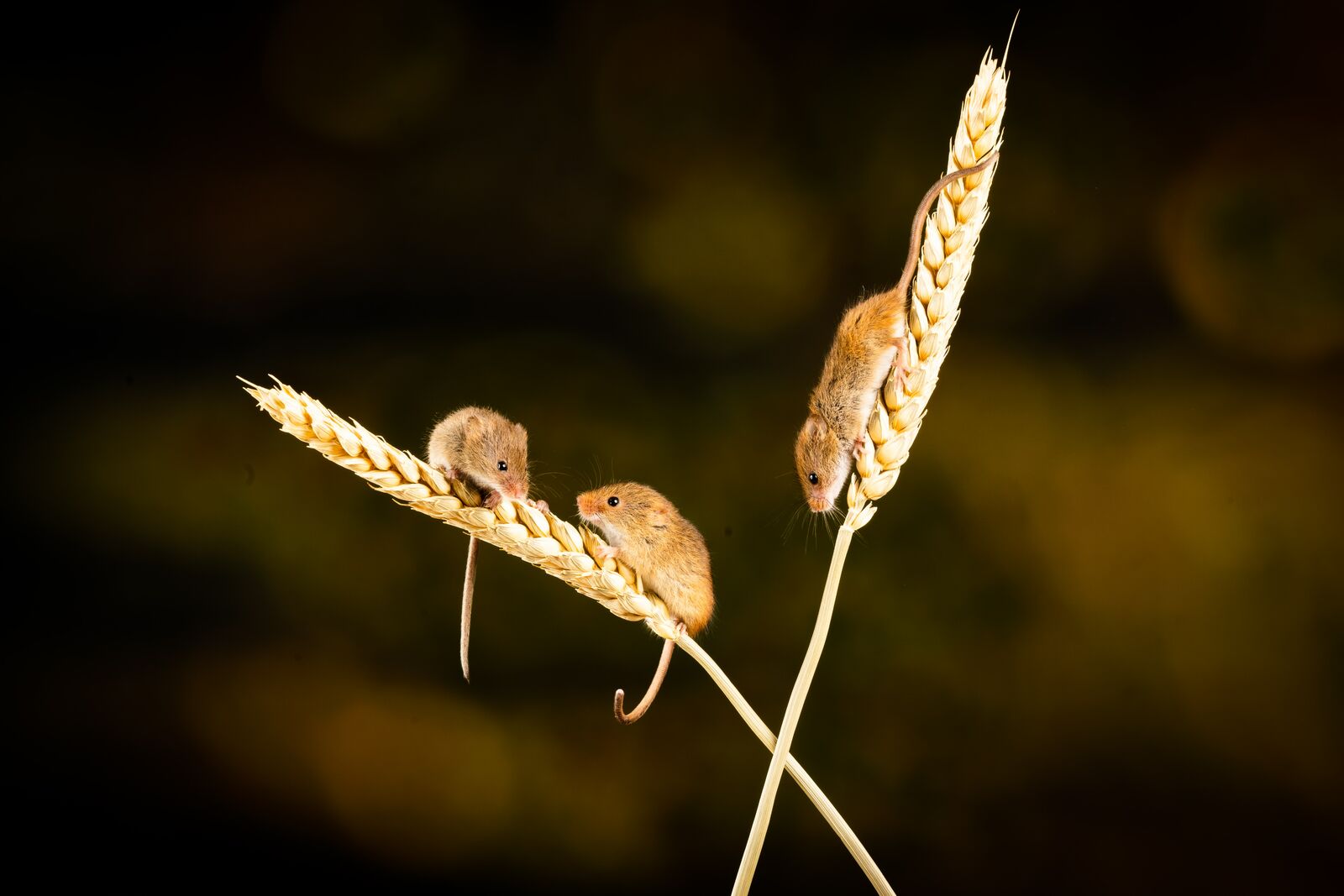
Voles (Arvicolinae) include not only species such as field mice, bank voles and water voles, but also muskrats and lemmings. Voles that cause damage in the garden usually belong to the species of water vole and are also known as rats. They have a blunt head, small ears and their color ranges from grey and brown to reddish-brown to black. They are usually found in light and medium-heavy soils and near wetlands. They are also very fond of heavily mulched beds. They dig huge underground tunnel systems that can run through an entire garden. They do not hibernate and are good swimmers. They can have up to 20 young per year.
What Do Voles Eat?
Water voles cause particular damage to root vegetables (e.g. carrots, parsnips, beet, celery and Jerusalem artichokes), perennials and potatoes. Tulip bulbs and other flower bulbs, as well as the bark of roses and fruit trees, are also readily eaten. In agriculture, it is above all the eastern water vole that causes the most damage to crops. Gerbils are significantly larger than field mice and infest root vegetables, while field mice are more likely to eat clover, rapeseed or winter cereals.
Mole or Vole in the Garden?
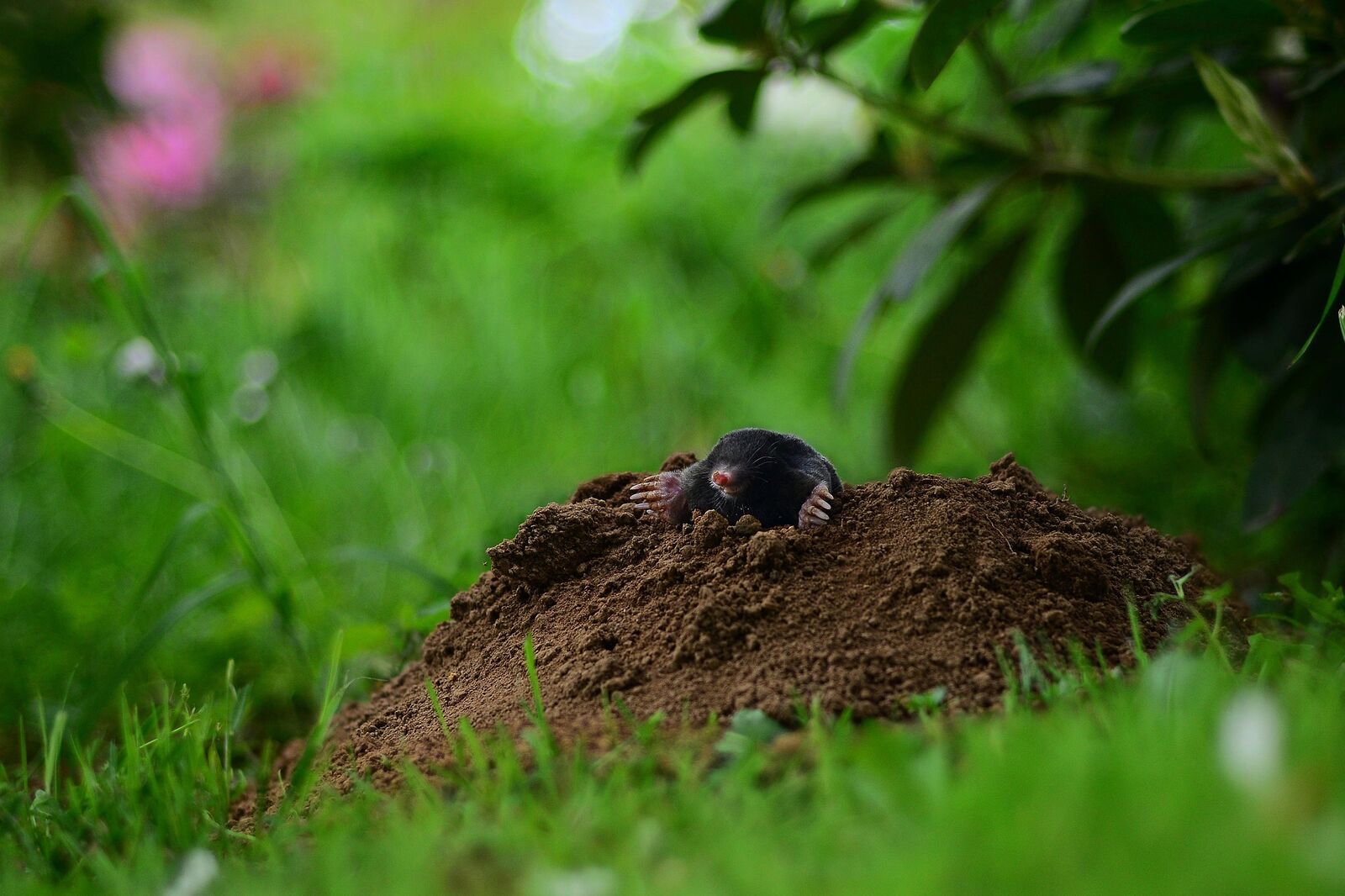
Moles are a protected species, so they must not be disturbed or controlled. Before taking any action, you should therefore first make sure that you are dealing with either a mole or a water vole. In addition, apart from its possibly disturbing mounds, the mole is a sign of healthy soil. It eats pests such as slugs and grubs, but also feeds on vole eggs, making it a natural enemy of mice. It is therefore rather unusual for voles to live in a mole-inhabited garden. They do not eat plants, they feed exclusively on other animals.
One way to find out whether they are voles or moles is to place a carrot in a hole. If it is eaten, it is very likely that voles are living in the tunnels.
This Is What Vole Mounds and Holes Look Like
In contrast to moles,water voles create elongated and flat mounds where the hole tends to be on the side. In addition, the mounds are not continuously thrown up again. The mole, however, constantly throws new soil material onto its mound. Its mounds are also larger and round.
Tip: You can dig up the entrance of a hole to a depth of approx. 30 cm/11.8 in to distinguish between water voles, moles and field mice. This is also called the "burrowing test". If the tunnel entrance is dug up again within 1 - 2 hours, it is probably occupied by water voles. Unlike shrews, field mice and moles leave the holes open.
Vole or Rat?
Rats are significantly larger than voles, as are the holes they dig. At 8 - 20 cm/3.1 - 7.9 in in diameter, they are larger than those of mice (approx. 5 x 8 cm/2 x 3.1 in, oval). While the holes of voles tend to be on the side, the holes of rats lead vertically into the ground. Unlike mice, they do not leave a pile of earth around the holes and you can often spot them at dusk.
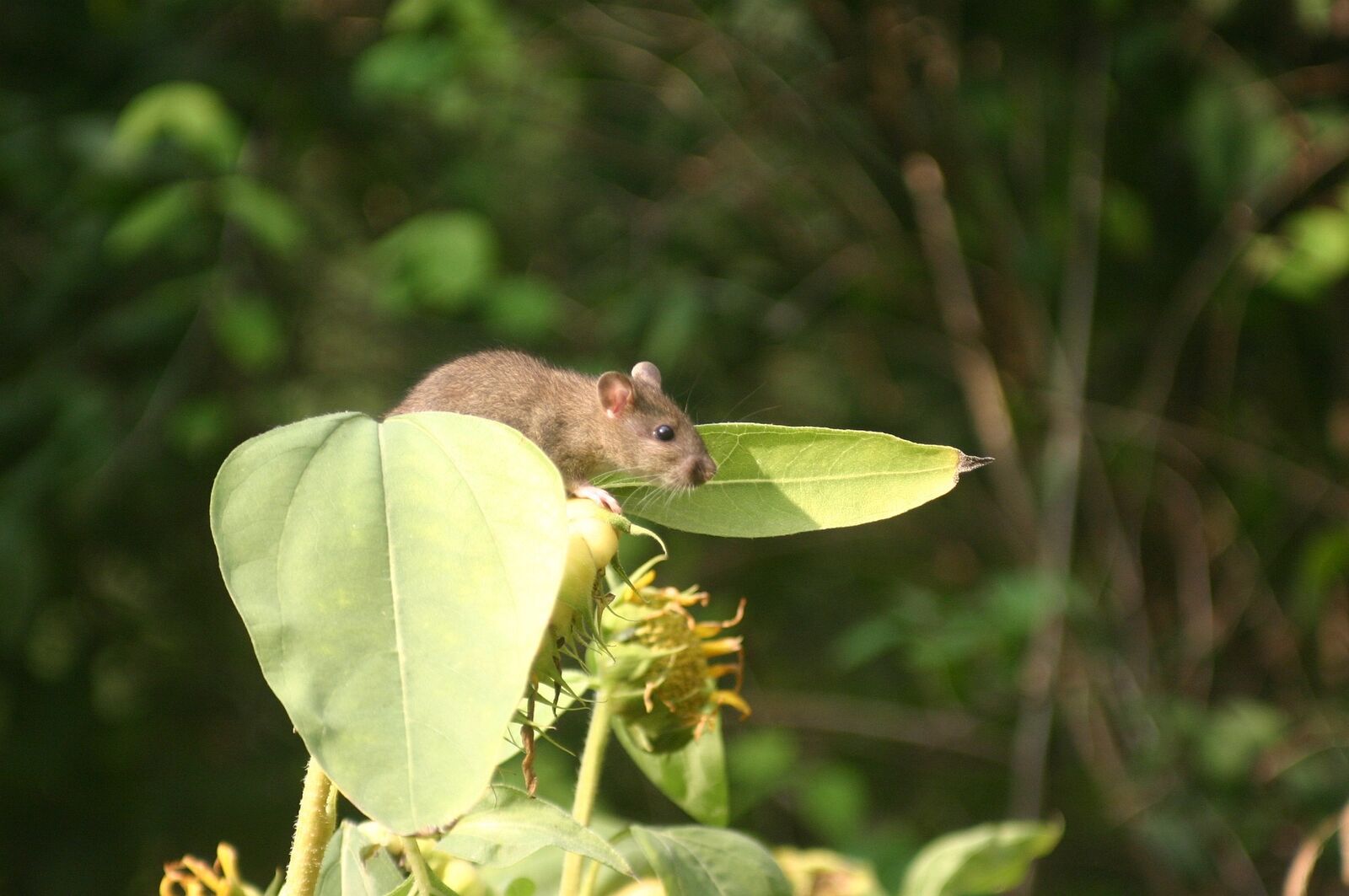
Vole Control: What Helps Against Voles?
Getting rid of voles is not that easy. However, there are a few methods that can help keep them away from your plants.
Wire Against Voles
A fairly safe way to prevent mice from getting to your plants is to place a wire mesh or basket around your plants. However, depending on the size of your bed, this may only be possible for certain plants. Raised beds, for example, should be equipped with a wire mesh against mice unless they are on concrete surfaces, and it is also worth surrounding fruit trees with a wire if mice are present. A wire mesh is also very useful for a compost heap to keep out shrews and other animals such as rats.
Vole Poison & Traps
We advise against using any poisons or pesticides, as they not only harm the mice, but also other animals and beneficial insects in the garden. In addition, the remains of the poison often remain in the soil and can potentially be absorbed by your plants.
In addition to lethal traps, there are also live traps that are placed in front of the entrances and exits of the tunnels. The animals are lured into the box and then trapped there as soon as they are in the box. You can then release the animals in a distant and unused area. However, sometimes you need quite a few traps (up to 20) until you have caught all the mice.
Sounds That Drive Mice and Voles Away
Rattling noises from plastic bottles or tin cans hanging on sticks should help to keep mice away. The sounds should also deter birds from going to your plants. However, depending on how widespread the voles are, the effect can be very limited. It is not possible to keep the mice away completely. In addition, the mice can get used to the noise and still go to your plants. It's best to test it out in your garden yourself.
You can also strike long metal rods stuck in the ground a few times a day. Voles should not like the sound of the rods and their vibrations.
Remedies Against Voles: These Household Remedies Help
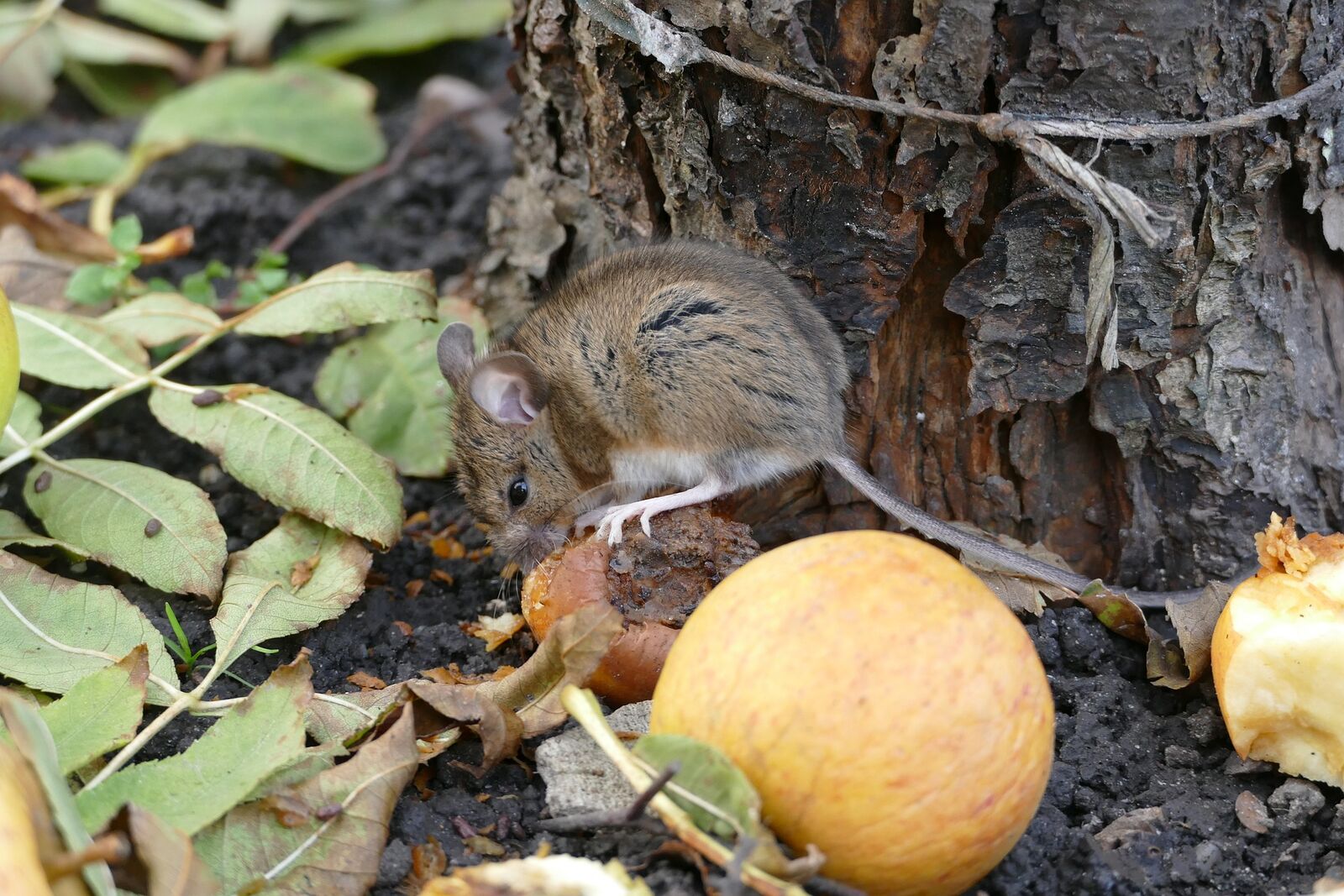
Certain household remedies can help against rodents in some cases. The smell of vinegar, garlic or buttermilk disturbs the rodents and they avoid the areas where the smell is present. To spread these odorous substances at the entrances and exits of the tunnels, they should first be cleared by approx. 30 cm/11.8 in, as the voles scoop them up.
Petrol is also sometimes recommended as a remedy against voles. However, we can only advise against this, as it can be dangerous not only for voles, but also for us humans and other animals. In addition, residues can be absorbed by plants via the soil, which means it can enter our bodies when we eat the plants later.
Coffee Grounds Against Voles
Voles probably don't like the bitter smell of coffee grounds. Scattering the used and dried coffee at the entrances and exits of the tunnels can help to drive the rodents away. However, the coffee grounds must be spread again regularly as soon as the smell has dissipated. The coffee grounds are also harmless to mice and other animals and even fertilize your plants a little. But the same applies here: everything in moderation. An excess of coffee grounds can also harm plants and the soil and make it acidic.
Baking Powder Against Voles
While baking soda helps against ants, it is of no use against voles. You should therefore use other household remedies such as garlic or coffee grounds as well as natural wild herbs as a food alternative.
Vinegar Against Voles
Vinegar, which is spread around the tunnel holes, is intended to drive the voles away. The mice cannot tolerate the strong odors due to their good sense of smell. However, this must be repeated every 3 - 4 days, as the smell dissipates after a while. However, you should be very careful with vinegar, as in large quantities it drives the pH value of the soil into acidity, which can also harm farm animals and dissolve nutrients. Vinegar is even prohibited for weed removal on sealed surfaces under the Plant Protection Act. Regular application is therefore not recommended.
Tip: The mice should not like fermented buttermilk either. Spread some milk at the tunnel entrances to keep the mice away. Here too, the treatment must be repeated regularly to achieve a noticeable effect.
Drive away Voles With Water
Pouringwater into the tunnels of the burrows to drive the voles away is not a gentle method. Although the rodents can swim, they often cannot escape the burrow and die. We therefore do not recommend this method, but advise you to use other methods.

Learn More About Pests in the Garden
We have compiled an overview of common pests in the garden and explain how you can get rid of them. If the symptoms on your plant do not match those of voles, you may be able to find out what your plant has here.
Read More NowProtect Root Vegetables: Tips Against Voles in the Garden
Voles not only prey on vegetable plants, but also on wild herbs and flowers. A colorful garden with a mixture of wild plants, herbs and vegetable plants helps to keep the damage to root vegetables to a minimum, as the mice can also find food elsewhere. Flowering plants also ensure that insects find enough food in your garden and encourage beneficial insects. You can find out which plants are suitable for this in our article Bee-Friendly Plants.
Jerusalem artichokes can also be sown in the garden as an attractant plant. Mice love to eat the tubers. This gives them an alternative food source and, ideally, they will leave your vegetables in peace. However, Jerusalem artichoke is a neophyte, i.e. an invasive plant species, and can displace other plants from your garden. So be careful when planting the root vegetable and give native plants space too.
Protect Root Vegetables With Mixed Cultivation
A mixed culture not only makes the best use of the space in your bed, but also helps against many pests and diseases. You can find more information on this topic in our article Mixed Cultivation in the Vegetable Patch. Mixed cultivation can also help against voles. Repellent or attractant plants are used against the mice. However, mixed cultivation does not offer 100 % protection and is less reliable than other means.
Plants that help against voles can be found in the next section.
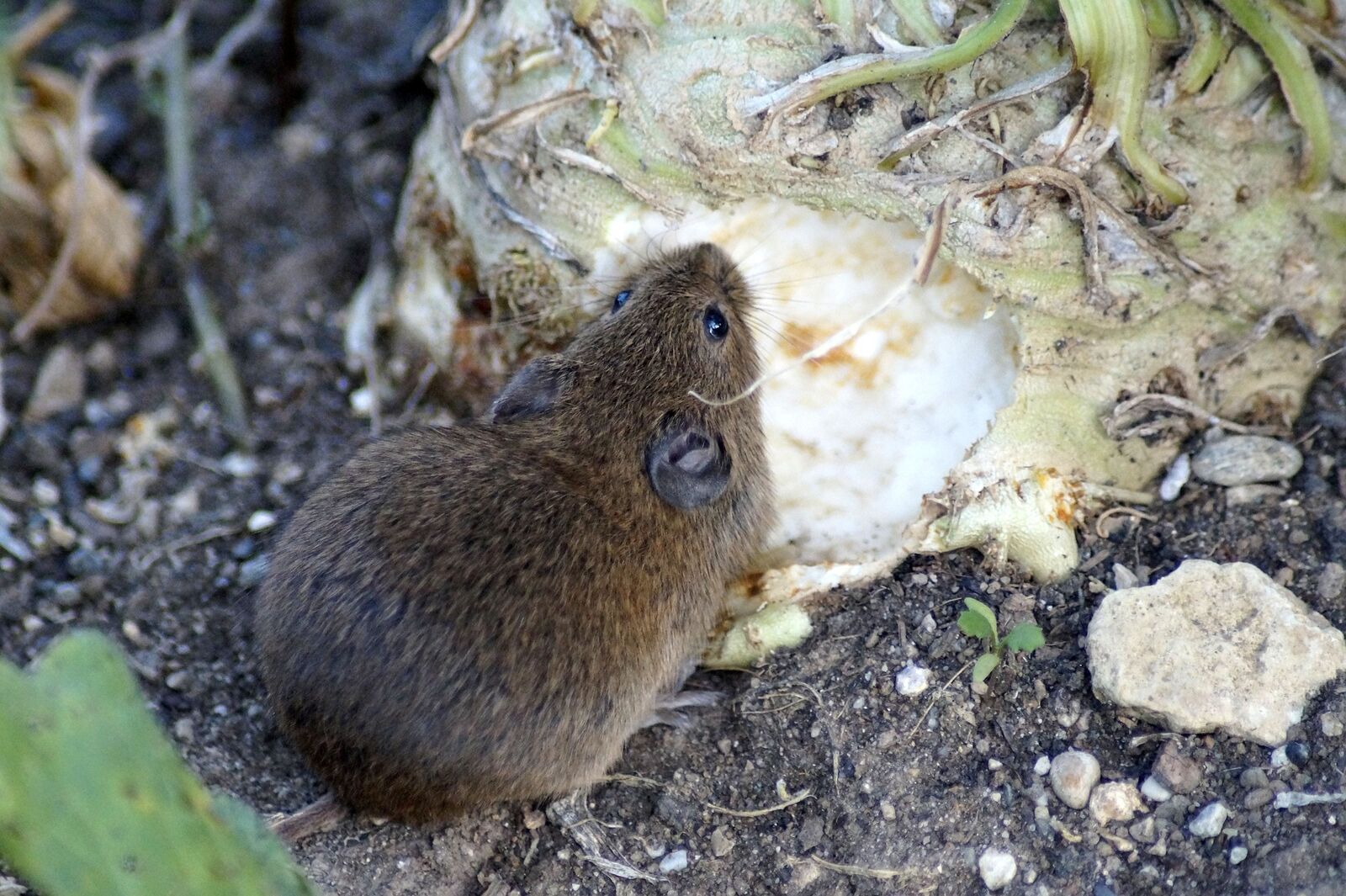
Plants Against Voles: Fighting Voles Naturally
In addition to unpleasant noises from plastic bottles and keeping them away with a wire fence, unpleasant odors from plants can also help to keep voles away from your plants.
What Attracts Voles and What Smell Do Mice Dislike?
In addition to Jerusalem artichokes as an attractant plant, there are also plants that have a deterrent effect on voles. However, there is no guarantee that these plants will help against voles. It is best to try out what works best for you.
- Emperor's crown, garlic, hound's tongue, daffodils, blackcurrants, white sweet clover and spurge as intermediate plants.
- Plant odor-intensive species such as basil, elder, catnip, garlic, sweet cl over and onions as borders.
- You can also spread the plant juices or teas of these plants at the entrances and exits of the tunnels. This can help to ensure that mice no longer use the holes and settle elsewhere. You can find out more about this topic in our article Naturally Strengthening Plants Without Chemicals: Tips for Preventive Plant Protection.
- Nettle slurry can also help against voles. You can find out how to make it in our article Making Nettle Slurry.
Garlic Decoction Against Voles
A decoction of garlic spread at the entrance to the burrows can also help to drive the rodents away. To do this, chop a few cloves of garlic into small pieces, pour a liter of hot water over them and leave to infuse for 24 hours. Garlic is also effective against many other plant pests such as aphids. You can find out more about how to keep pests away in our article Plant Pests in the Garden: Prevention & Control.
Natural Enemies of Voles
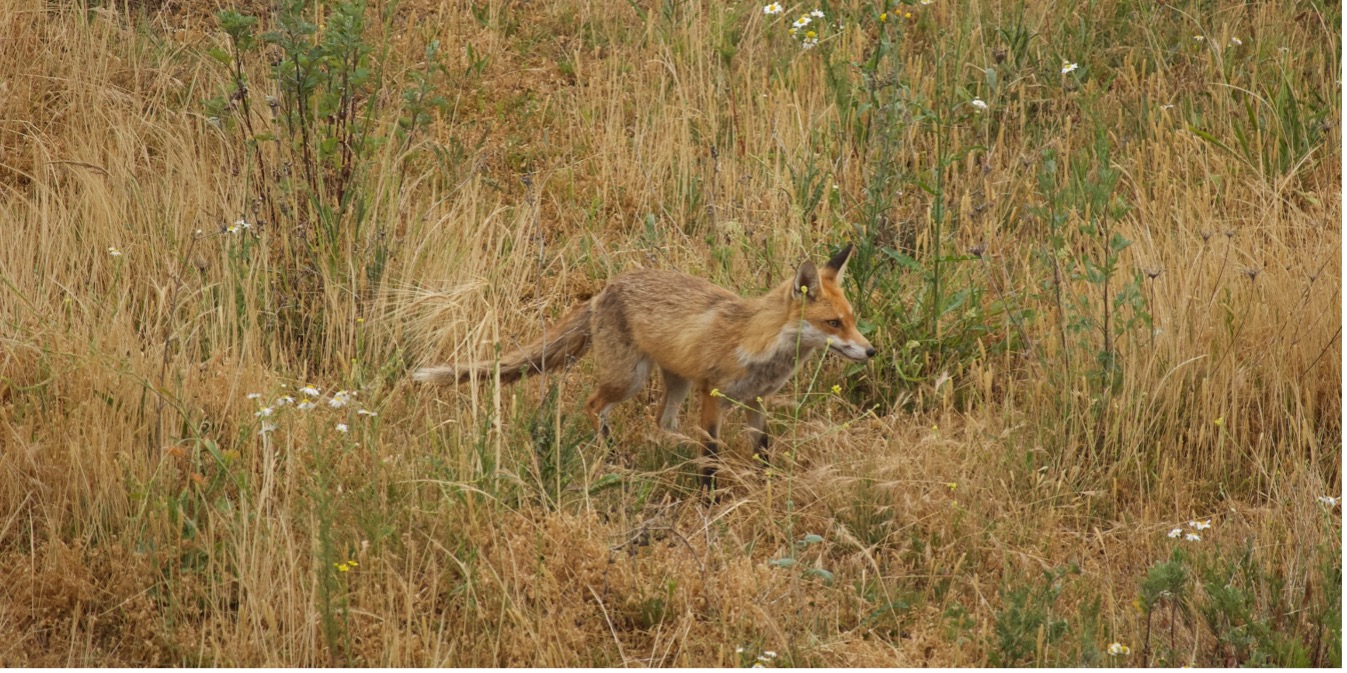
Volepredators are a natural way to keep the vole population in your garden in check. A pet cat can help, but you shouldn't get one just for the sake of it. A pet is always associated with work and responsibility and should be carefully considered beforehand. The hair of cats or dogs can also be placed in the holes of the tunnels. Wear gloves for this, however, otherwise you will also transfer your smell to the hair. The smell alarms the animals and should drive them away.
Other predators of voles include owls, foxes, mice, moles, weasels and birds of prey. You can encourage these animals with certain measures such as a pile of dead wood and stones (weasels), a passable fence (fox) and perches (must be 3 - 4 m/3.3 - 4.4 yd high) for birds of prey. The hunters will quickly get to grips with the voles in your garden.
You can find out more about beneficial insects in our article Beneficial Insects: Insects & Other Animals in the Garden.
If you have any questions or comments, please write to us at magazin@fryd.app. Would you like to receive helpful gardening tips all year round and plan your own beds optimally? Then register here or download the Fryd app for Android or iOS.
Fryd - your digital bed planner
Photo by Ben Frewin on Pixabay.
Marielena
Current Topics in the Community

#red , #tuesday

Liked 1 times
#testpostcount

Dec 2025
Popular Articles

Companion Plants for Carrots: What (Not) to Plant With Carrots

Companion Plants for Celery : What (Not) to Plant With Celery?

Strawberry Types: List of Best Strawberry Varieties

Companion Planting With Strawberries: Companion Plants and Planting Plan

Basil Varieties & Types at a Glance

What to Plant With Cabbage: Good and Bad Companion Plants

Fertilizing Strawberries: Home Remedies & Natural Fertilizers at a Glance

Growing Sweet Potatoes: Tips on Cultivation & Companion Plants

Companion Plants for Kitchen Herbs: Chives, Parsley & Co

What Herbs Can Be Planted Together?
FAQ
What really helps against voles?
Live traps and fencing with wire help very reliably against voles. Vole poisons and other methods that kill the mice are also guaranteed to help, but are not animal-friendly. We therefore do not recommend them.
The smell of fermented buttermilk, vinegar and plants such as lavender, garlic and onions is said to drive away voles.
Can coffee grounds be used to repel voles?
Sprinkling coffee at the entrances and exits of the tunnels can help to drive the rodents away, as they do not like the smell. However, it must be repeated regularly. An excess of coffee grounds can also damage plants and the soil and make it acidic.
Rattling noises from plastic bottles, tin cans or the vibration of a metal rod pressed into the ground are intended to drive away voles.